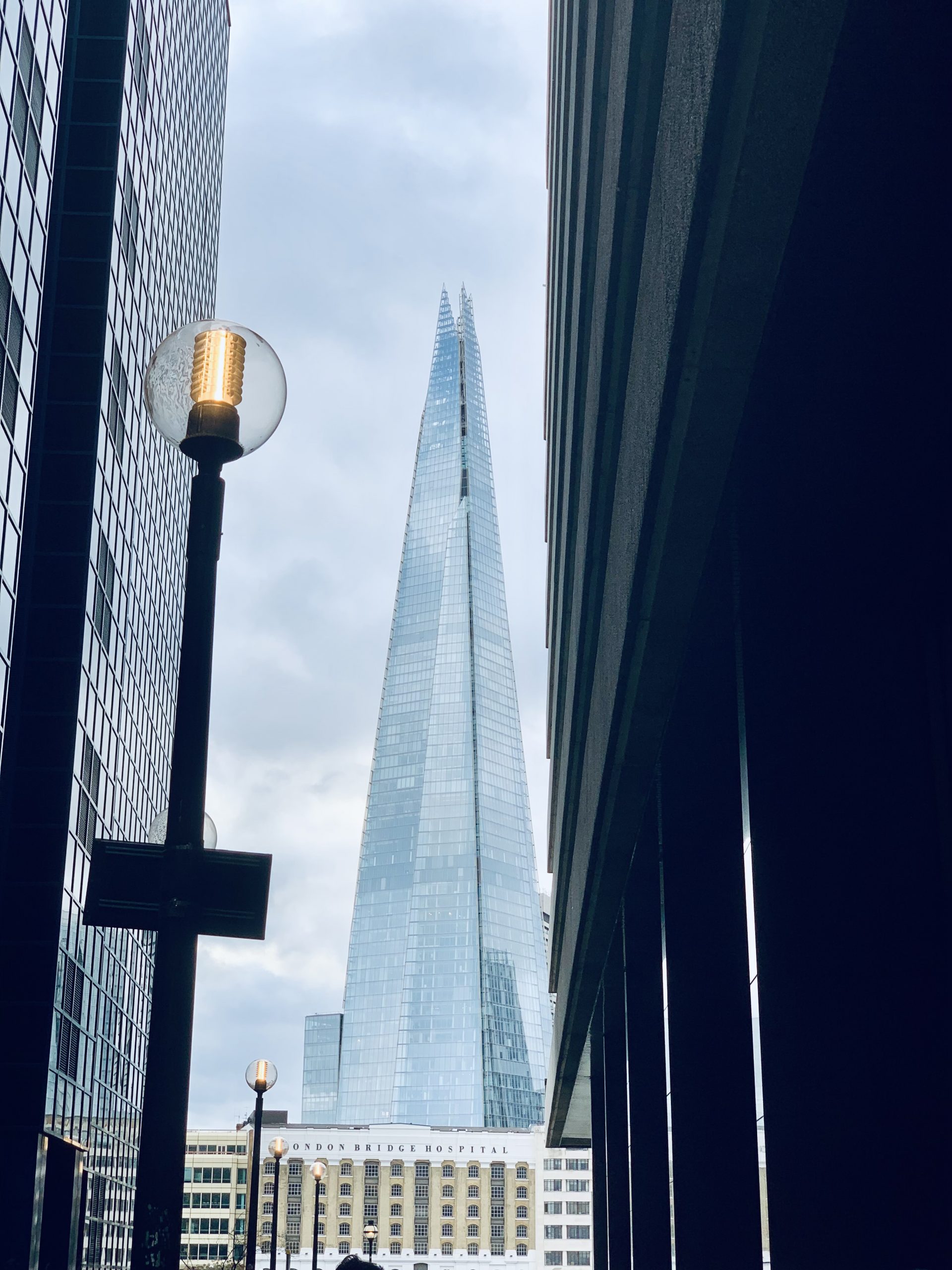
MC2024 Abstracts & Papers
Session 2: Various themes on people and buildings; Urban microclimate; Occupants wellbeing and comfort
Passivhaus building and health
Qinwen Liu
This study presents an assessment of Passivhaus design on resident health through a case study of the indoor environmental quality within Wilmcote House, a Passivhaus standard renovation social housing project. A hybrid methodology included environmental monitoring, semi-structural surveys, and building modelling. Indoor temperature and indoor relative humidity were monitored in five units in 2013 and 2017. The semi-structural survey collected interviews on the influence of the renovation intervention on comfort and health and modelled the future performance of the building, as well as the potential impact of future renovation measures. Results show that Passivhaus increases indoor environmental quality by stabilising and increasing indoor temperatures. However, these buildings could be prone to overheating in summer, a situation that could be mitigated by the use of external horizontal shading. The results from this study provide evidence for the potential of Passivhaus renovation practices in improving indoor environmental quality.
Keywords: Passivhaus; indoor environment quality; overheating, health.
– Theme: Assessing occupants wellbeing and comfort –




